Villoslada de Cameros: Where Transhumance Tradition Embraces the Natural Majesty of La Rioja
In the heart of La Rioja, 50 kilometres south of Logroño, lies Villoslada de Cameros, a hidden gem nestled among mountains, forests and legends. This municipality in the Camero Nuevo region, with just 350 inhabitants, is much more than a simple mountain village: it is the gateway to the Sierra Cebollera Natural Park, a place where history, traditional architecture and wild nature coexist in perfect harmony.
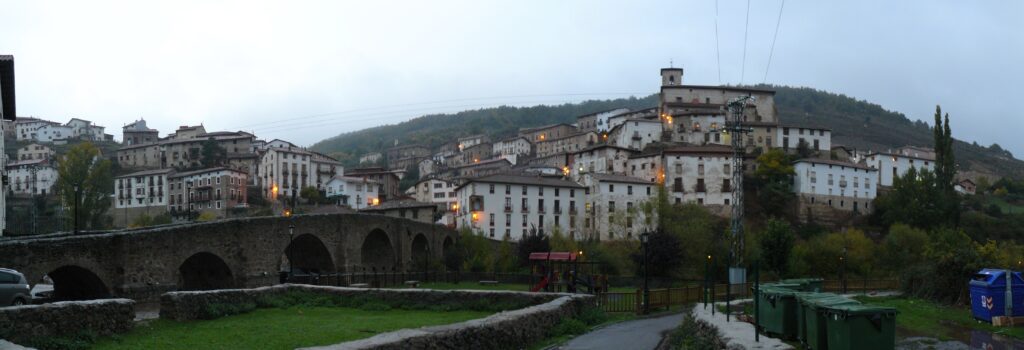
A privileged location between mountain ranges
Located at an altitude of over 1,070 metres, Villoslada de Cameros stretches along the northern face of the Sierra Cebollera, one of the most spectacular areas of the Iberian System. The Iregua River, which rises in these same mountains, runs through the valley, creating a picture-postcard landscape, especially in autumn, when the beech, oak and wild pine forests are tinged with ochres and golds. The municipal area is extensive and rugged, reaching its highest point on the La Mesa plateau (2,168 m), shared with Lumbreras. From here, the landscapes are breathtaking: snow-capped peaks in winter, lush forests in spring and starry skies all year round.
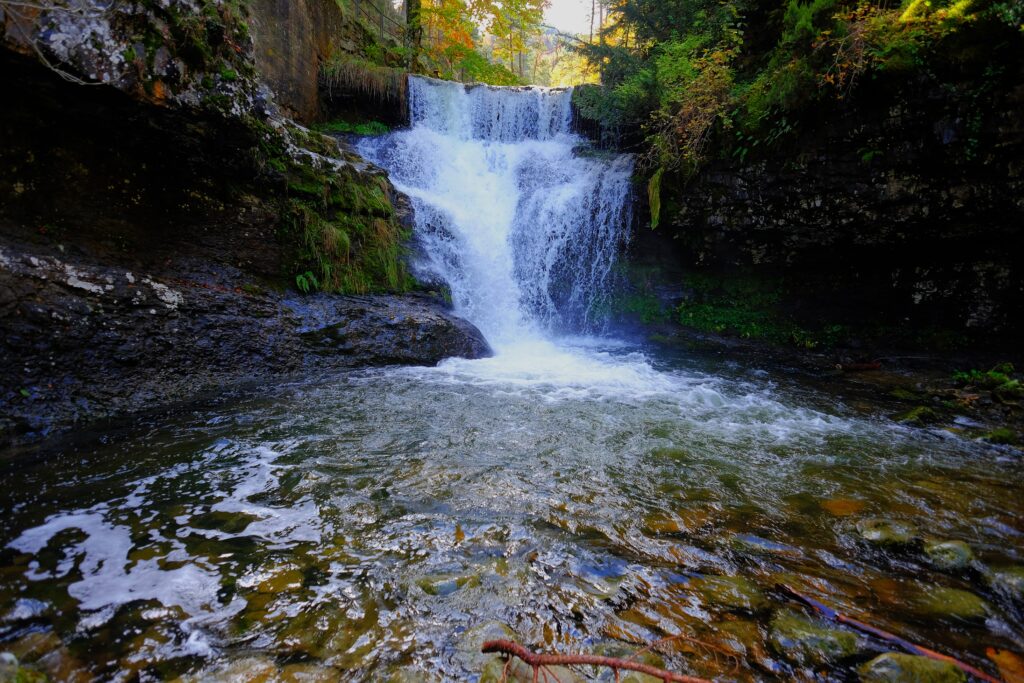
A brief history of a village with a transhumant soul
The first documented mention of Villoslada appears in 1366, under the name of ‘Villaoslada’, when Enrique II of Trastámara handed it over to Pedro Manrique for his services during the Castilian civil war. Later, it passed into the hands of the Dukes of Nájera, until the abolition of the feudal system in 1811. In the 18th century, the village became part of the Royal Economic Society of La Rioja, driven by the ideals of the Enlightenment. However, it was in the 19th century that Villoslada experienced its moment of splendour, with more than 1,400 inhabitants and 40 looms dedicated to the manufacture of royal cloth. Its Royal Cloth Factory, active since the 17th century, grew to over 2,000 m² and 32 looms, becoming a textile benchmark throughout the mountains. An interesting detail: local young men were exempt from military service if they worked in these factories. This exception shows how vital the textile industry was to the town’s economy.
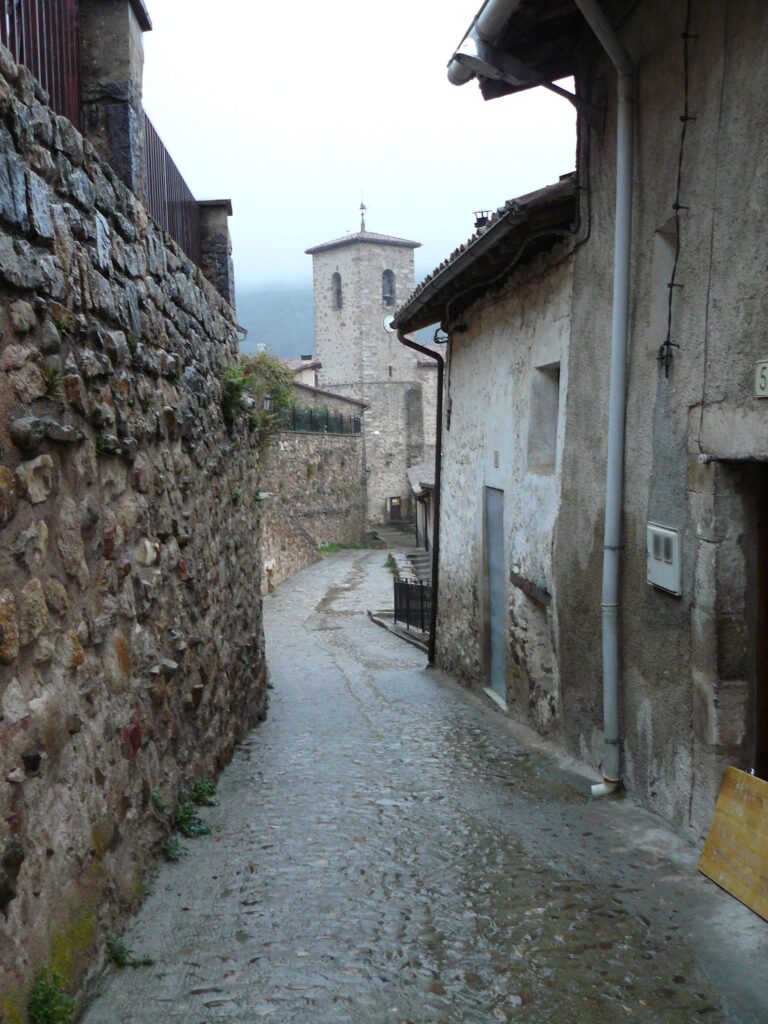
Architectural heritage: a walk through history
Getting lost in the cobbled streets of Villoslada is like travelling back in time. Many of its houses retain their original 17th and 18th-century structure, and it is not uncommon to find mansions with coats of arms on their façades. Among the most notable examples are:
- The Town Hall (image below), located in a 17th-century mansion built by the Moreno-Montenegro family. Carefully restored, it retains the original essence of the mountain Baroque style.
- The Casa de los García del Valle, symbol of the livestock and transhumant power of one of the richest families in the area.
- The ‘casas de los chilenos’, built in the first half of the 20th century by emigrants who returned from America to build monumental holiday homes right in front of the river.
One of the most unique buildings is the Royal Fabric Factory, at the entrance to the village, in the area known as ‘el boquete’. Although it is now in ruins, its size and historical value make it a unique example of industrial archaeology in La Rioja. Its restoration, which is still pending, would be a key boost for cultural tourism in the area.
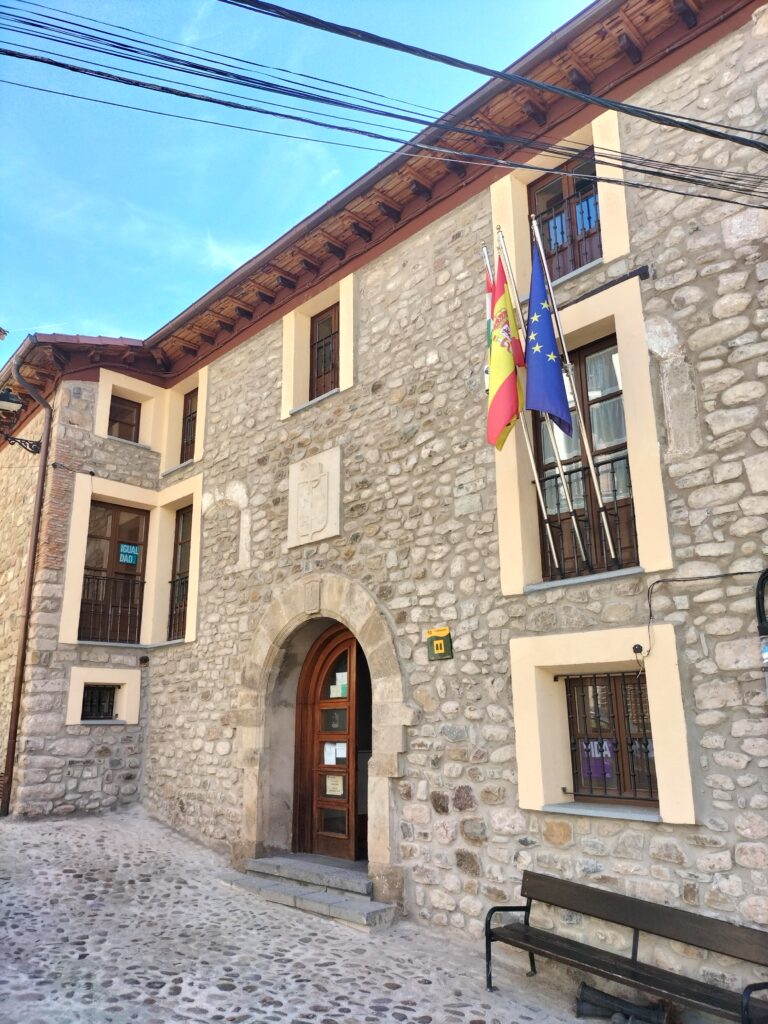
Church of Nuestra Señora del Sagrario
At the top of the town centre, dominating the skyline, stands the parish church of Nuestra Señora del Sagrario, built in the 17th century on the remains of an ancient Romanesque temple. It preserves medieval walls and a magnificent Baroque altarpiece. Its sacristy, specially decorated with geometric motifs and angel heads, is well worth a visit.
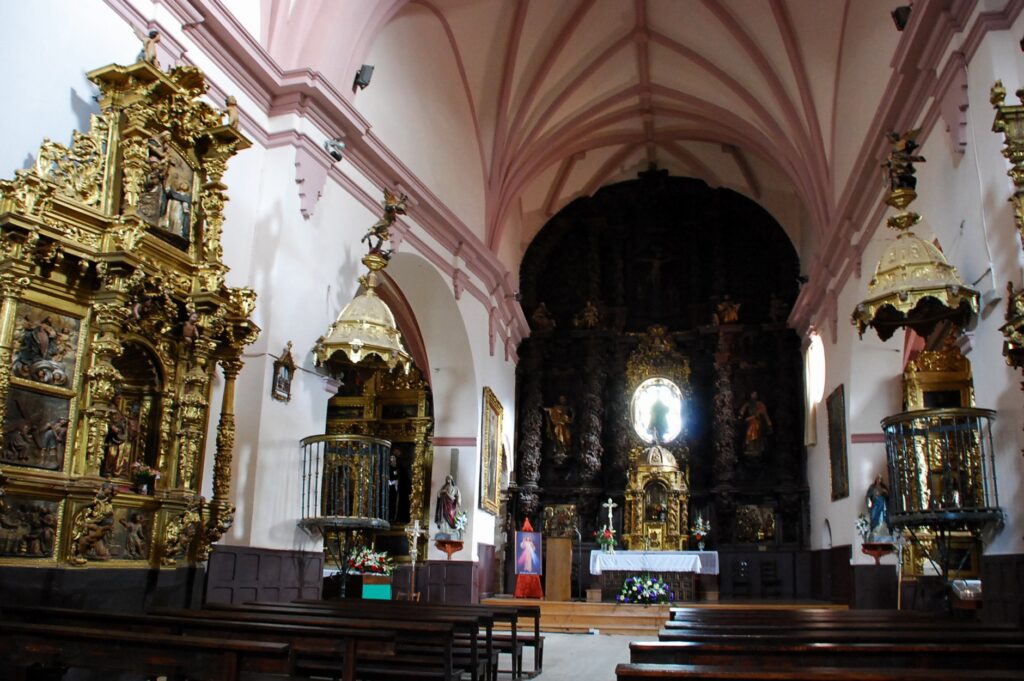
Medieval bridge and the passage of history
Not far from the church, the five-arched medieval bridge crosses the River Iregua. It is believed that an ancient Roman road once passed here. Today, this stone bridge has become one of the most photographed spots in the village, despite the fact that some modern elements, such as the swings under its arches, detract slightly from the bucolic image. Even so, it is ideal for observing the natural environment and the urban layout from a unique perspective.
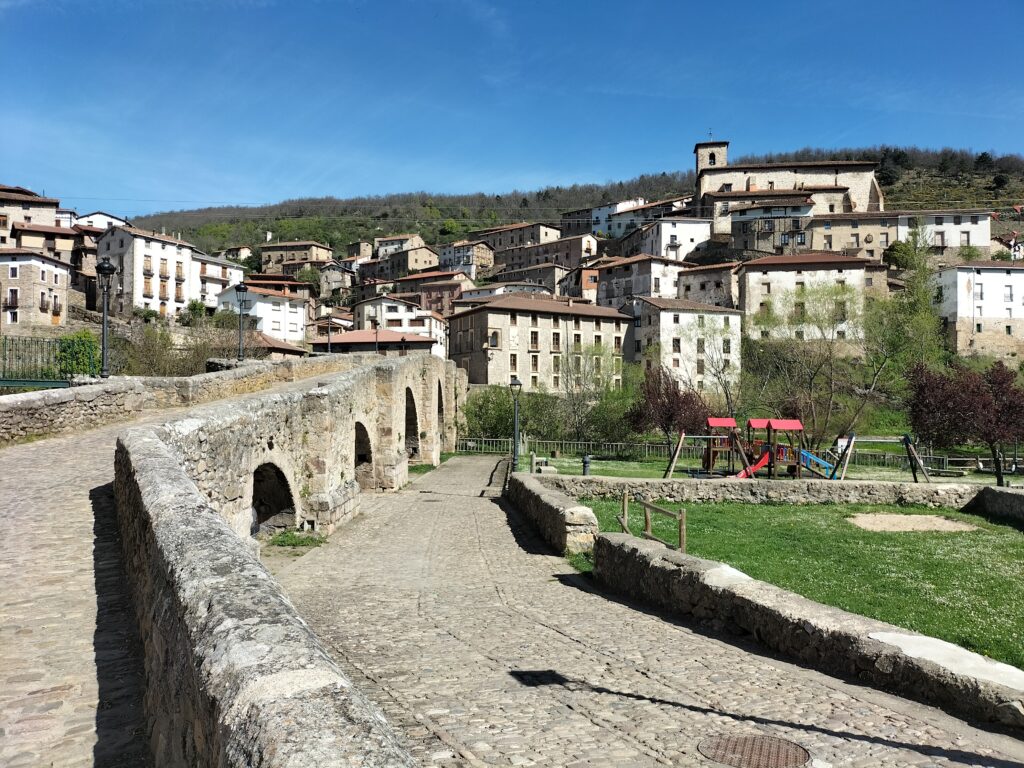
Hermitage of the Virgin of Lomos de Orios and its legend
One of the most emblematic places in Villoslada de Cameros is the hermitage of the Virgin of Lomos de Orios, located 9 kilometres from the village at an altitude of 1,465 metres. The current Baroque-style temple was built in the 17th century, although the carving of the Virgin dates back to the 14th century. The chapel is not only an important place of worship, but also the setting for one of the most important festivities in the whole of La Rioja: the Romería de la Caridad Grande, held on the first Sunday in July. Thousands of people gather to pay homage to the Virgin and receive bread and lamb, in a tradition that combines devotion, gastronomy and community.
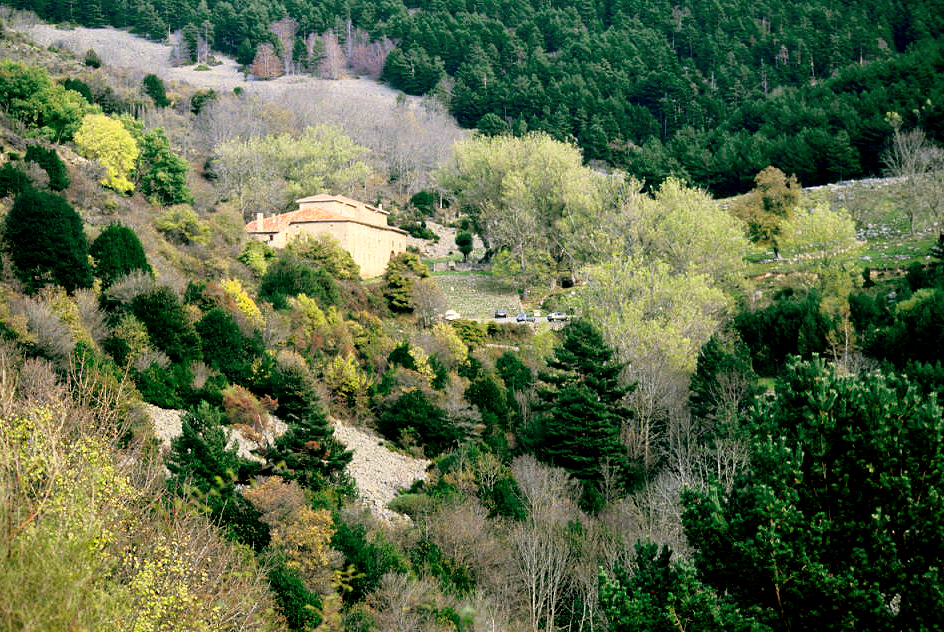
A popular legend surrounds this chapel. It is said that in the 19th century, a shepherd who had fed a lizard since it was a baby was pursued by the animal when it grew up. Seeking refuge in the chapel, the Virgin Mary opened the door and closed it just in time to split the lizard in two. A sculpture next to the entrance to the chapel commemorates this story. Opposite the chapel there is a car park, a picnic area and the start of one of the most beautiful routes in the area: the path to the Puente Ra waterfalls.

Nature in its purest form: the Sierra Cebollera Natural Park
Villoslada cannot be understood without its natural surroundings. The Sierra Cebollera Natural Park, created in 1995, covers 23,640 hectares of forests, rivers, fossil glaciers and rock formations. It is the only natural park in La Rioja and is a true paradise for hikers, cyclists and mountaineers. Although the mountains of La Rioja are famous for their dinosaur footprints, such as those in the Cuenca de los Cedarcos, traces of these prehistoric inhabitants have also been found in Los Cameros, adding another fascinating chapter to the region’s rich history.
The best-known routes are:
- Puente Ra Waterfalls: easy, accessible and very photogenic.
- Achichuelo Route: ideal for families, with picnic areas and recreational areas.
- Route to La Mesa: for experienced hikers, with panoramic views from over 2,000 metres.
There are also designated areas for fishing, controlled hunting and bird watching. During the winter, some of the higher sections become the setting for skiing and snowshoeing.
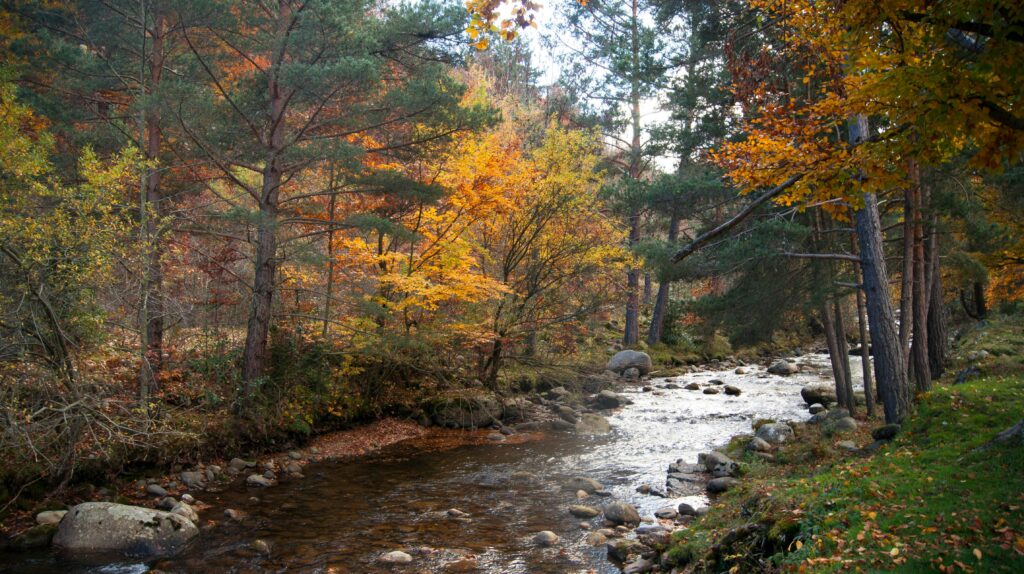
Park interpretation centre
Located at the entrance to the village, just off the LR-333 road, the Sierra Cebollera Interpretation Centre is an essential starting point. Here you will find information on fauna, flora, geology, transhumance and local culture. It has models, interactive panels, explanatory videos and brochures to help you plan routes according to your level and interests.
An economy between forests, herds and tourism
Today, Villoslada’s economy revolves around three pillars: livestock farming, forestry and rural tourism. It is estimated that there are around 700 cows, 1,200 sheep, 50 goats and around 300 horses in the municipality. Visitors are attracted by its routes, tranquillity and authentic architecture. Little by little, it is positioning itself as a leading destination for ecotourism in La Rioja.
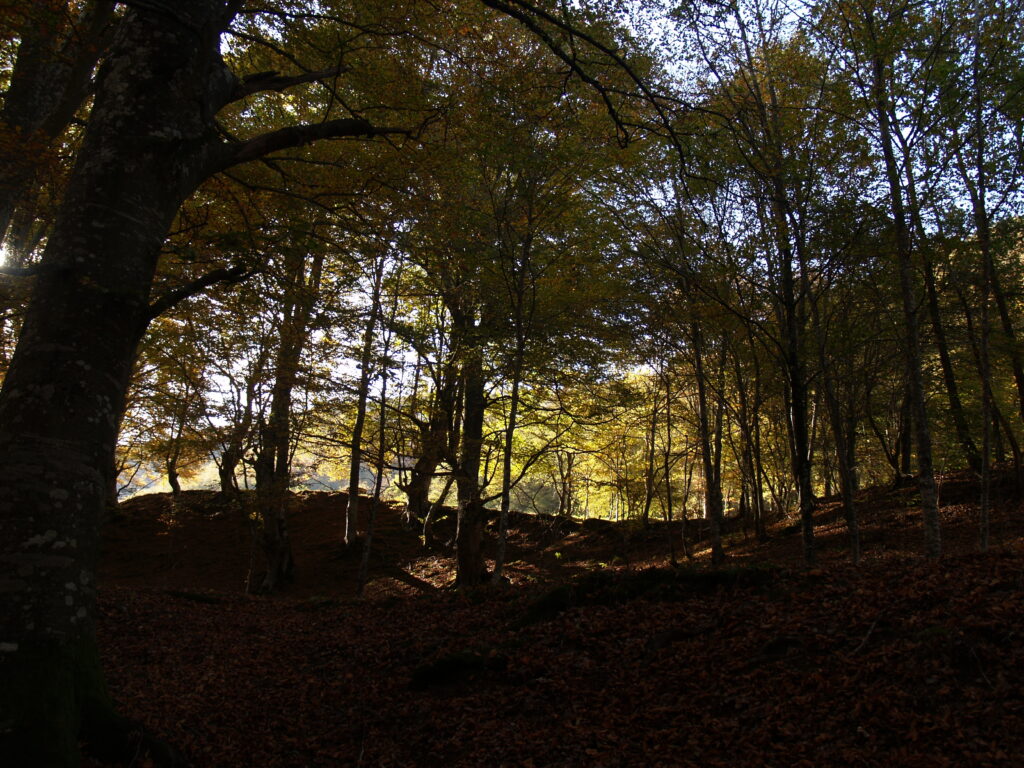
How to get there and get around
The most convenient way to get there is by car:
- From Logroño: 50 km on the N-111.
- From Soria: 56 km on the N-111.
- From Madrid: 289 km, about 3 hours’ drive on the A-2.
There is also a bus service between Logroño and Villoslada from Monday to Saturday, with timetables that should be checked before travelling. There is no service on Sundays. If you are travelling by camper van or motorhome, you can stay overnight in the car park next to the Interpretation Centre. It is easily accessible and has picnic areas and a drinking fountain.
What to see in the surrounding area
If you have more time, don’t miss other nearby gems:
- Casalarreina, with its Monastery of La Piedad. 1 hour and 17 minutes via the N-111 and AP-68 motorways (tolls apply).
- Cuzcurrita de Río Tirón, with another castle and charming wineries. 1 hour and 17 minutes via the N-111 and AP-68 motorways (tolls apply).
- Alberite: a municipality steeped in history, 7 kilometres from Logroño. 46 minutes via the N-111.
- Sajazarra: recognised as one of Spain’s most beautiful villages. 1 hour and 17 minutes via the N-111 and AP-68 motorways (tolls apply).
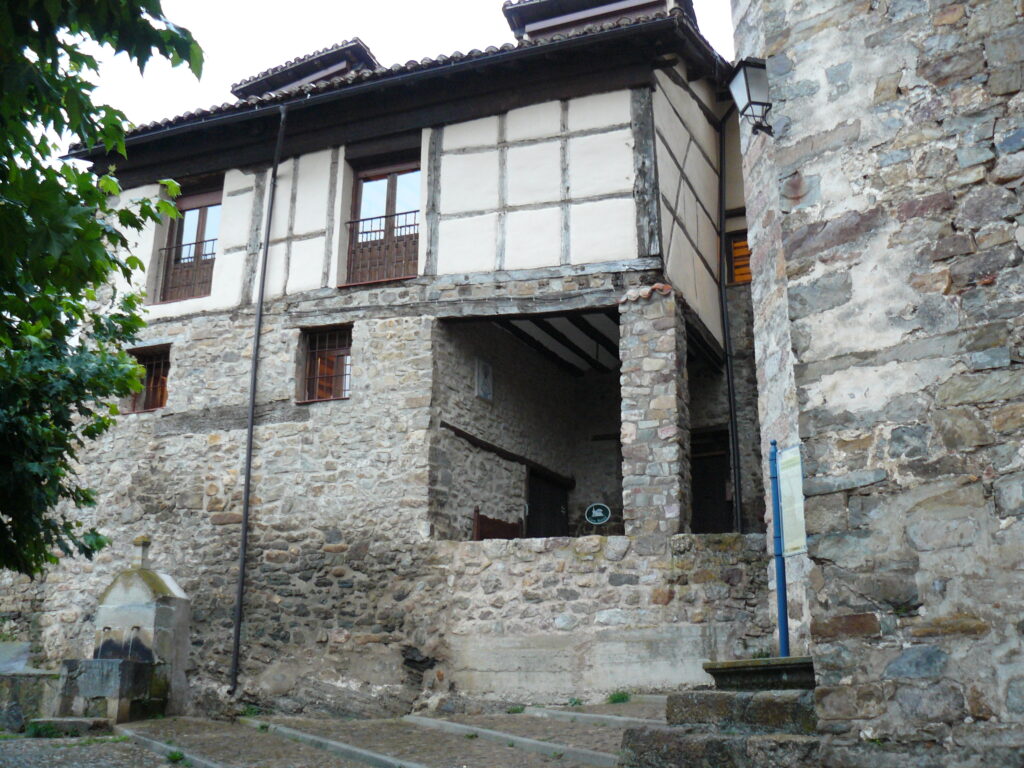
Where to stay in Villoslada de Cameros
Villoslada has several charming rural houses, ideal for those looking to disconnect and enjoy the mountains. In addition, a few kilometres away, there is a campsite surrounded by nature with excellent services. The accommodation here is simple, cosy and usually includes breakfast with local products. Here are the two best options in the area:

A magical getaway in the mountains
Villoslada de Cameros is one of those places that seems frozen in time. Strolling through its streets, breathing in the fresh mountain air and listening to the murmur of the River Iregua is a way to reconnect with the essentials. Whether you come for its trails, its legends or simply to escape the noise, this village in La Rioja will welcome you with the calm of those who are in no hurry… and will give you much more than you expect. To make the most of your getaway, here are some useful products you can purchase before your trip so that you are well prepared:
- Hiking shoes
- Snorkel set
- Compact microfibre towel
- Waterproof sun cream
- Polarised sunglasses
- Non-slip flip flops
- Anti-theft backpack
In this article you will find some affiliate links. If you book or buy something through them, you help us to continue creating independent and useful content, at no extra cost to you. Thank you very much for making this possible!
Photo Credits
Below are the photo credits in order of appearance. Royalty-free photos will not be listed below:
- Rowanwindwhistler, CC BY-SA 3.0, via Wikimedia Commons
- Rowanwindwhistler, CC BY-SA 3.0, via Wikimedia Commons
- Vanbasten 23, CC BY-SA 3.0, via Wikimedia Commons
- Juanje 2712, CC BY-SA 4.0, via Wikimedia Commons
- Vanbasten 23, CC BY-SA 3.0, via Wikimedia Commons
- LBM1948, CC BY-SA 4.0, via Wikimedia Commons
- Kapykua, CC BY-SA 4.0, via Wikimedia Commons
- Rowanwindwhistler, CC BY-SA 3.0, via Wikimedia Commons
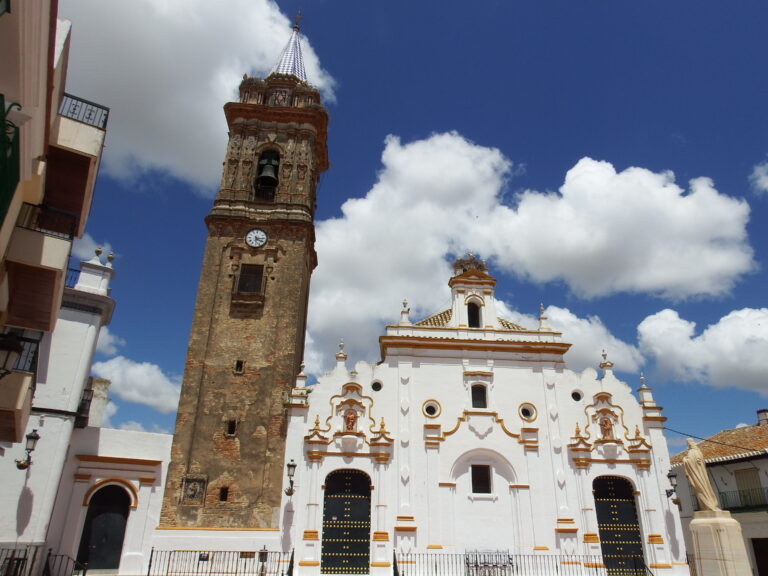

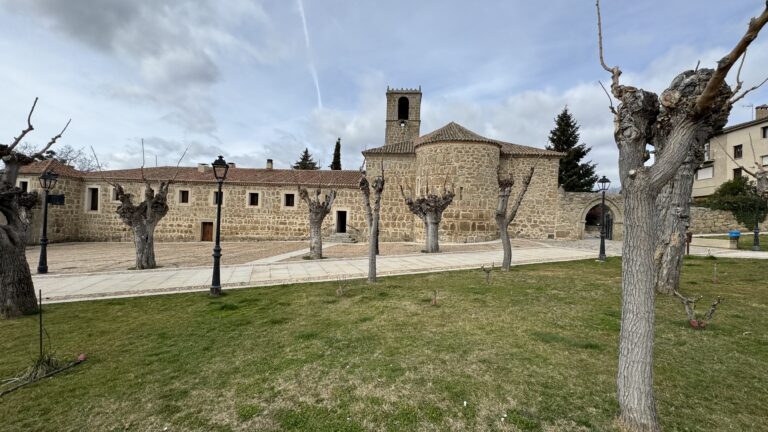
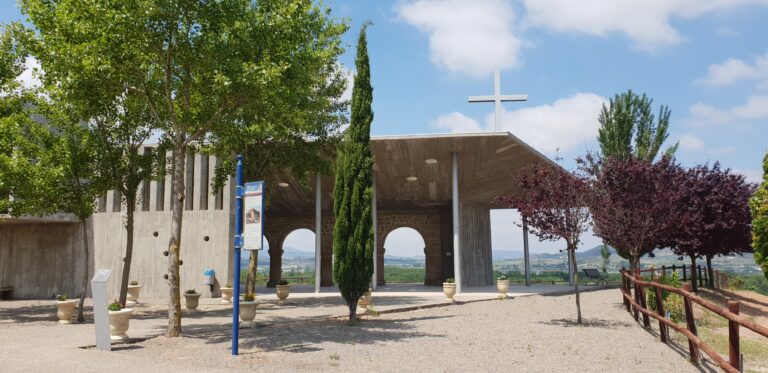
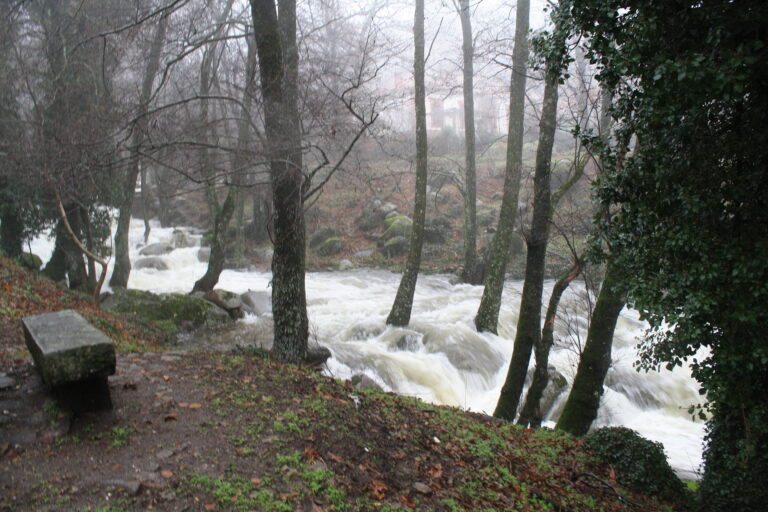
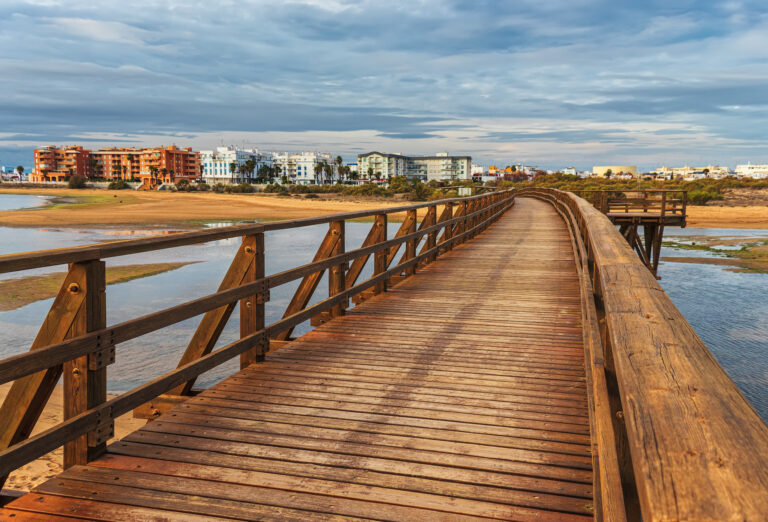
2 Comments